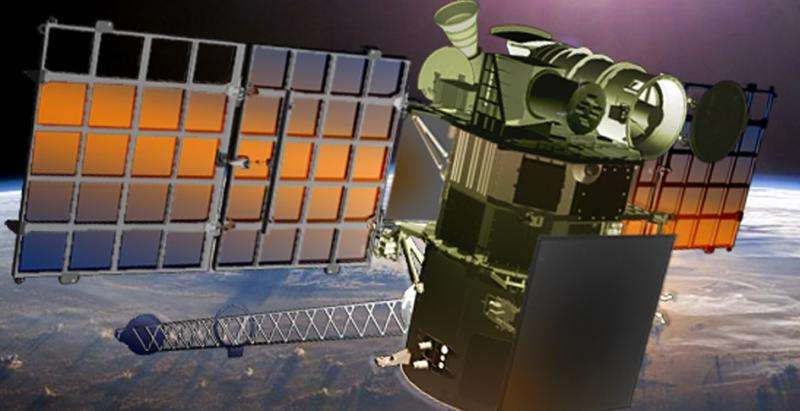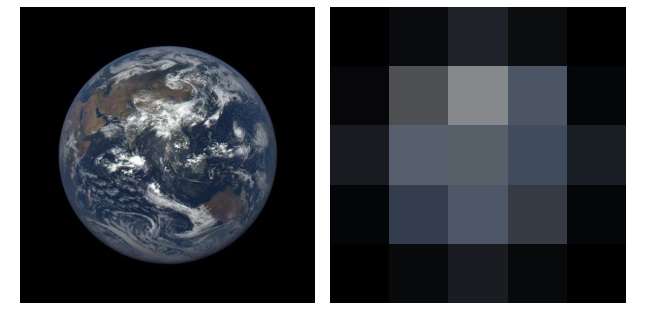How could DSCOVR help in exoplanet hunting?

Could a space weather satellite be helpful in exoplanet hunting? Well, it now turns out it could. According to a team of scientists led by Stephen Kane from the San Francisco State University, the Deep Space Climate Observatory (DSCOVR), launched in February this year to study space weather, could make an important contribution to the continuous search for alien worlds.
DSCOVR, operated by the National Oceanic and Atmospheric Administration (NOAA), was designed to monitor the solar wind and forecast space weather at Earth. It is equipped in two NASA instruments that are used to observe the Earth in detail: the National Institute of Standards and Technology Advanced Radiometer (NISTAR) and the Earth Polychromatic Imaging Camera (EPIC). EPIC provides high-resolution spectral images of the Earth, while NISTAR is designed to measure the reflected and emitted energy from the entire sunlit face of our planet.
According to Kane and his colleagues, data obtained by these instruments provide a unique opportunity to help in the search for extrasolar worlds by monitoring the Earth as an exoplanet. They have detailed their findings in a paper published on the arXiv pre-print server.
"It [DSCOVR] can be used to indirectly study exoplanets by allowing us to study how to extract various important planetary parameters," Kane told Astrowatch.net.
By degrading the data acquired by DSCOVR, the scientists hope to learn what information could be retrieved about the planets orbiting other stars. They assume that if it's possible to obtain basic characteristics of Earth, it could be also applied to exoplanet-searching missions. The scientists demonstrated that using degraded low-resolution images from EPIC instrument, they were able to determine Earth's rotation, obliquity, and atmospheric albedo.
"What we are doing is using the data from DSCOVR to learn more about how we can retrieve these parameters for exoplanets by using the Earth as a well-understood planet and degrading the DSCOVR data to what we would expect to acquire from an exoplanet mission. If we can accurately determine the Earth's parameters from these degraded data, then we can also determine the minimum requirements for an exoplanet imaging mission to be successful," Kane said.

The researchers managed to extract periodic behavior due to planetary rotation, weather patterns, and surface terrain from the images provided by EPIC. NISTAR was helpful when it comes to atmospheric albedo as it measures the amount of reflected sunlight and the thermal radiation of Earth in the direction towards the sun.
"Using the combination of the EPIC imager and cavity radiometer to interpret what might be seen by an exoplanet instrument is quite workable. We and other researchers are attempting to use the data in this manner," Jay R. Herman of NASA's Goddard Space Flight Center, one of the co-authors of the paper, told SpaceFlight Insider.
The importance of properties such as planetary rotation, albedo, and obliquity is significant because they are crucial to determine planetary surface conditions. Therefore, a complete characterization of exoplanets requires the ability to obtain measurements of these key planetary parameters.
While the DSCOVR spacecraft cannot be used to directly image extrasolar planets as the sensitivity of the detector for the imager is too low, the researchers have shown that it could be very helpful in the future search for alien worlds. Their study regarding the DSCOVR data could provide an effective baseline from which to develop tools that can be useful when obtaining various exoplanet imaging data.
DSCOVR is a partnership between NOAA, NASA and the U.S. Air Force. NOAA is operating the mission from its NOAA Satellite Operations Facility in Suitland, Maryland.
Source: Astrowatch.net





















